At Tove & Libra, we believe in educating, not underestimating, our customer. We aim to arm you with resources on how to keep your clothing looking and feeling their very best – long after you take them home.
Labels
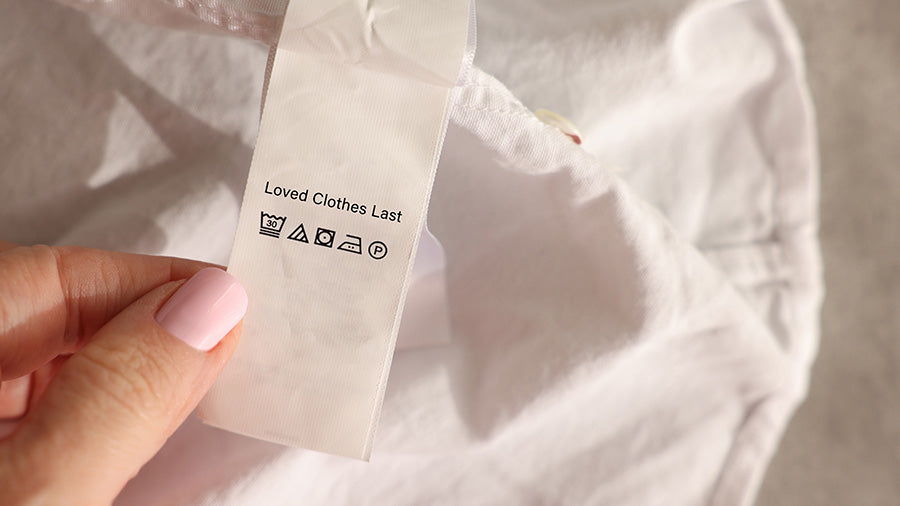
Because we know exactly how important the right clothing care really is, we ensure that every Tove & Libra piece comes with a clear, detailed care & contents label, so you can easily choose your M.O.
We suggest you always take a look at your clothing labels to get an understanding of how to group your laundry – this will soon become intuitive. Unsure of how to decipher laundry symbols? We've put together a handy guide for you!
Heat
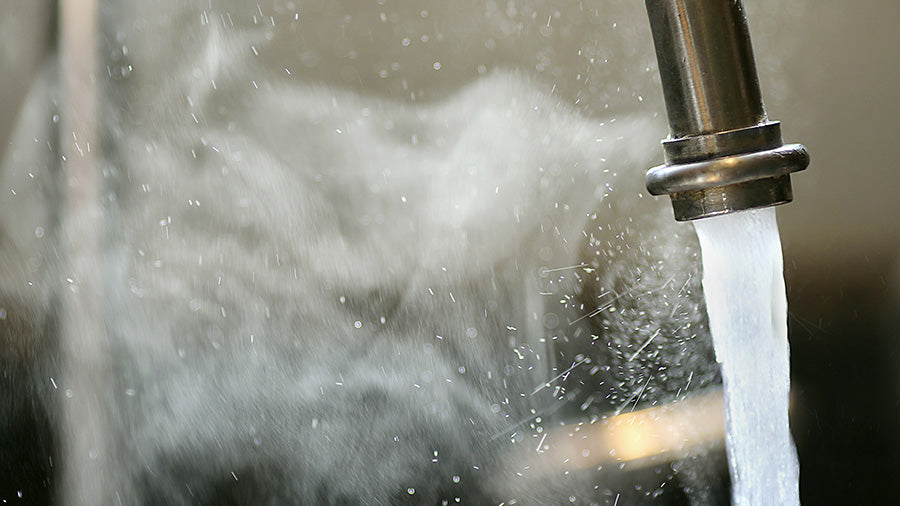
Excessive heat should be avoided in general. Prolonged high temperatures can damage sensitive materials like stretch, linen and wool fibers, and can fade colors. Moreover hot washing and drying requires higher energy consumption. Given the modern advances in detergents and washing machines, high heat is rarely required to effectively do laundry anymore.
You should only ever wash in water warmer than 40°C for clothing that's seriously soiled. And if you use a tumble dryer, do run it on a low setting.
As for ironing, we suggest investing in a garment steamer instead - it's gentler on your clothes and your stress levels.
Wool and Cashmere
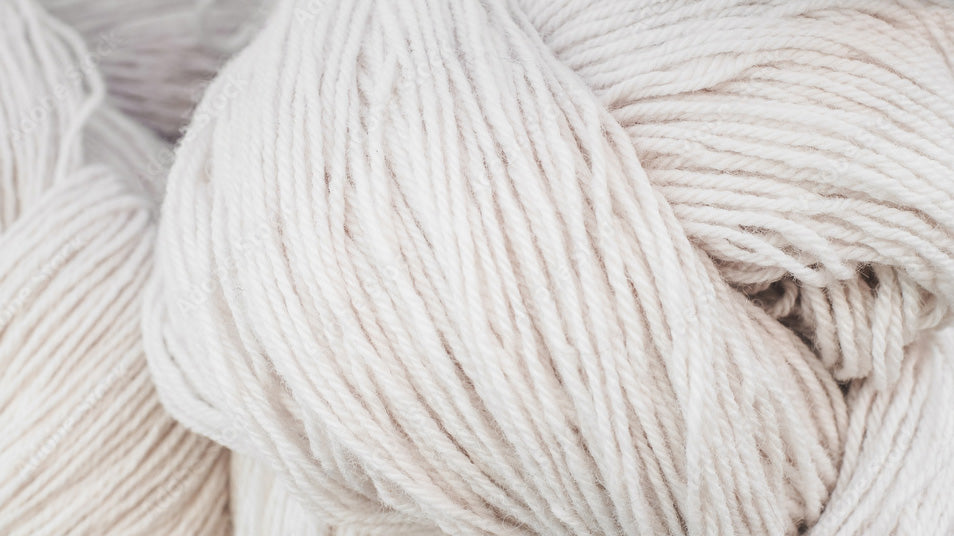
To avoid pilling and shrinking, it is best to hand wash using a gentle detergent. However, some clothing do feature machine washable yarns, which you could safely put through the Wools or Delicates cycle of your washing machine while using a wool-safe detergent. Wool sweaters MUST be placed in a mesh laundry bag to avoid twisting in a machine. Avoid hot washing and do not tumble dry, as wool easily shrinks.
In general we suggest not washing quality wool pieces too often – a good steam will do after light wearing, as this amazing material is naturally anti-bacterial. This can extend its lifespan and also help to reduce water and detergent usage at home.
woolLinen

Linen fibers start out with a coarse hand, but get softer and smoother the more they're washed (and loved!). You can machine wash but only in cold water, as linen will easily shrink with heat. Similarly, linen items can be tumble dried on low, but never on high heat.
Since linen wrinkles easily, do not leave wet linen for a long time in the washing machine to avoid building up too many wrinkles. Do not hang linen garments when dripping wet, as it will become misshapen - as linen has poor recovery, it cannot be reshaped again.
linenTencel™
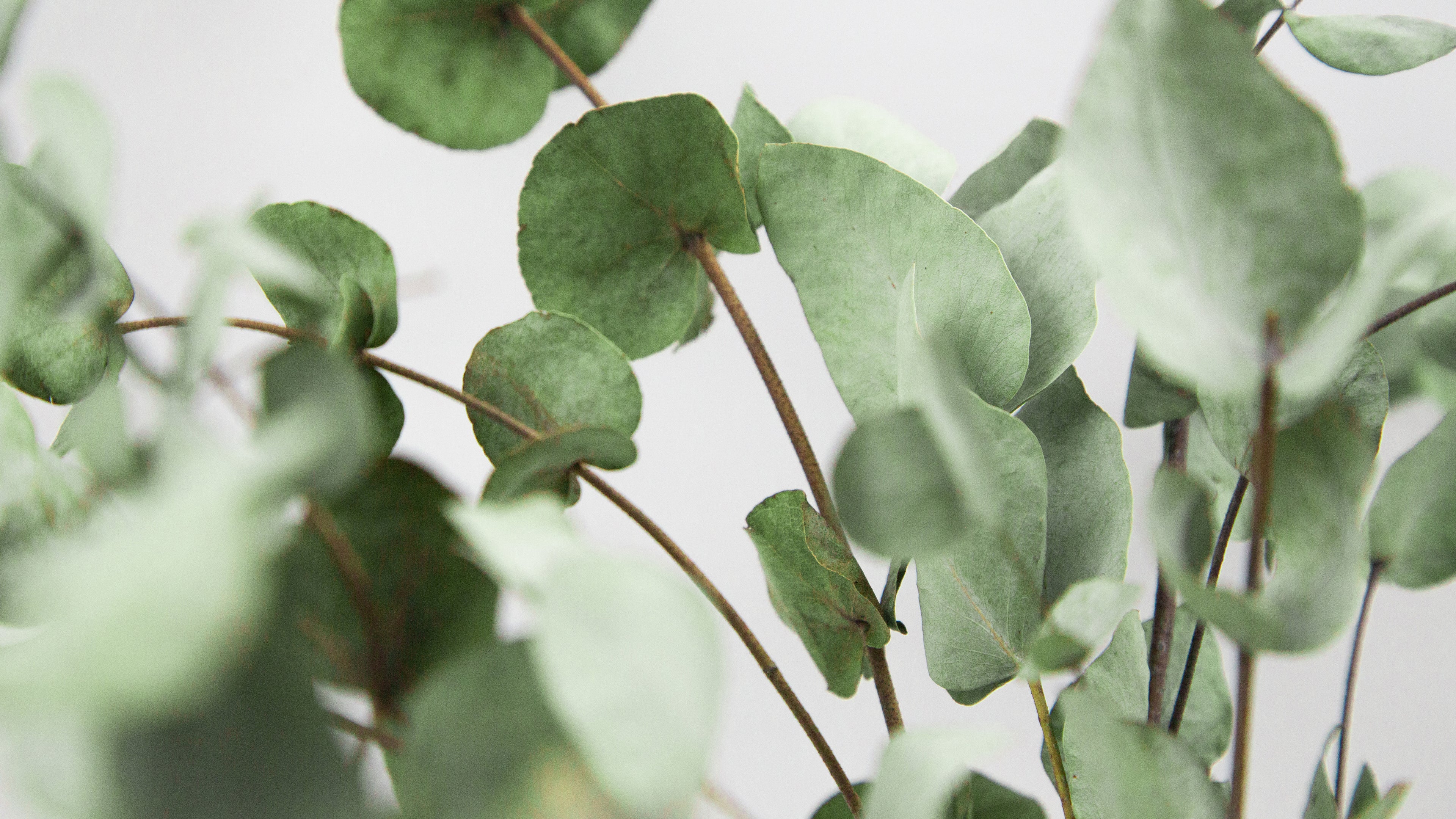
Tencel™ can be safely machine washed, using a gentle cycle like Wool or Delicates. Do not wash in a large load, or if hand-washing do not rub or wring – Tencel™ can develop streaks through excessive friction. Turn inside out to be safe.
You can tumble dry Tencel™ only on a low setting. If you hang Tencel™ to dry fully, you may find it becomes stiff - it will soften up with some shaking or simply wearing the garment again.
Cotton & Rayon/Viscose
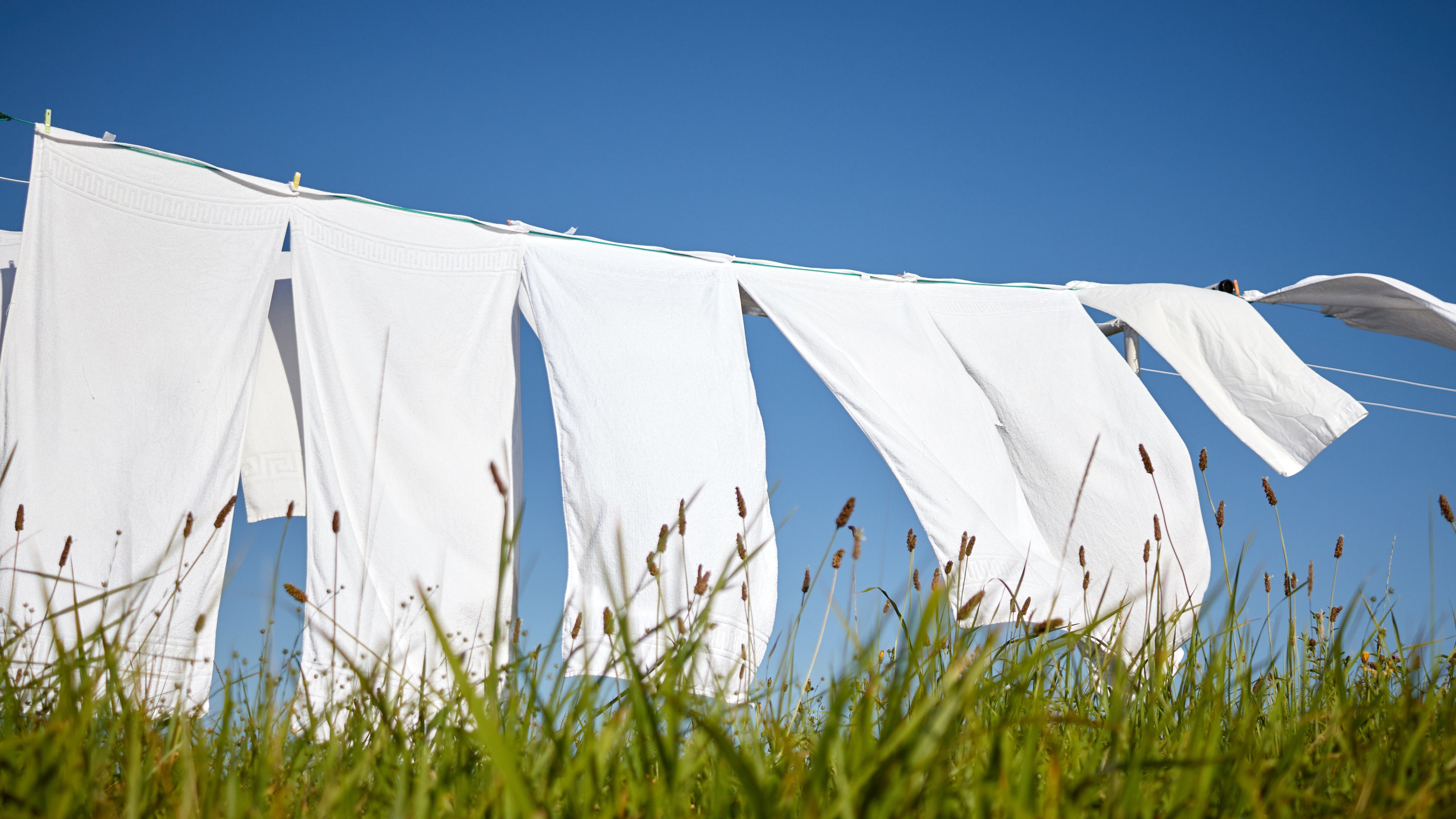
If your clothing is made from predominantly cotton, viscose or rayon yarns, then they’re safe to machine-wash on a regular cycle, though preferably at a temperature 40C or below. Items made of finer materials – like thin shirts and blouses – should be placed in a mesh bag for protection. We would also suggest turning garments inside out to avoid color fading.
cottonWovens
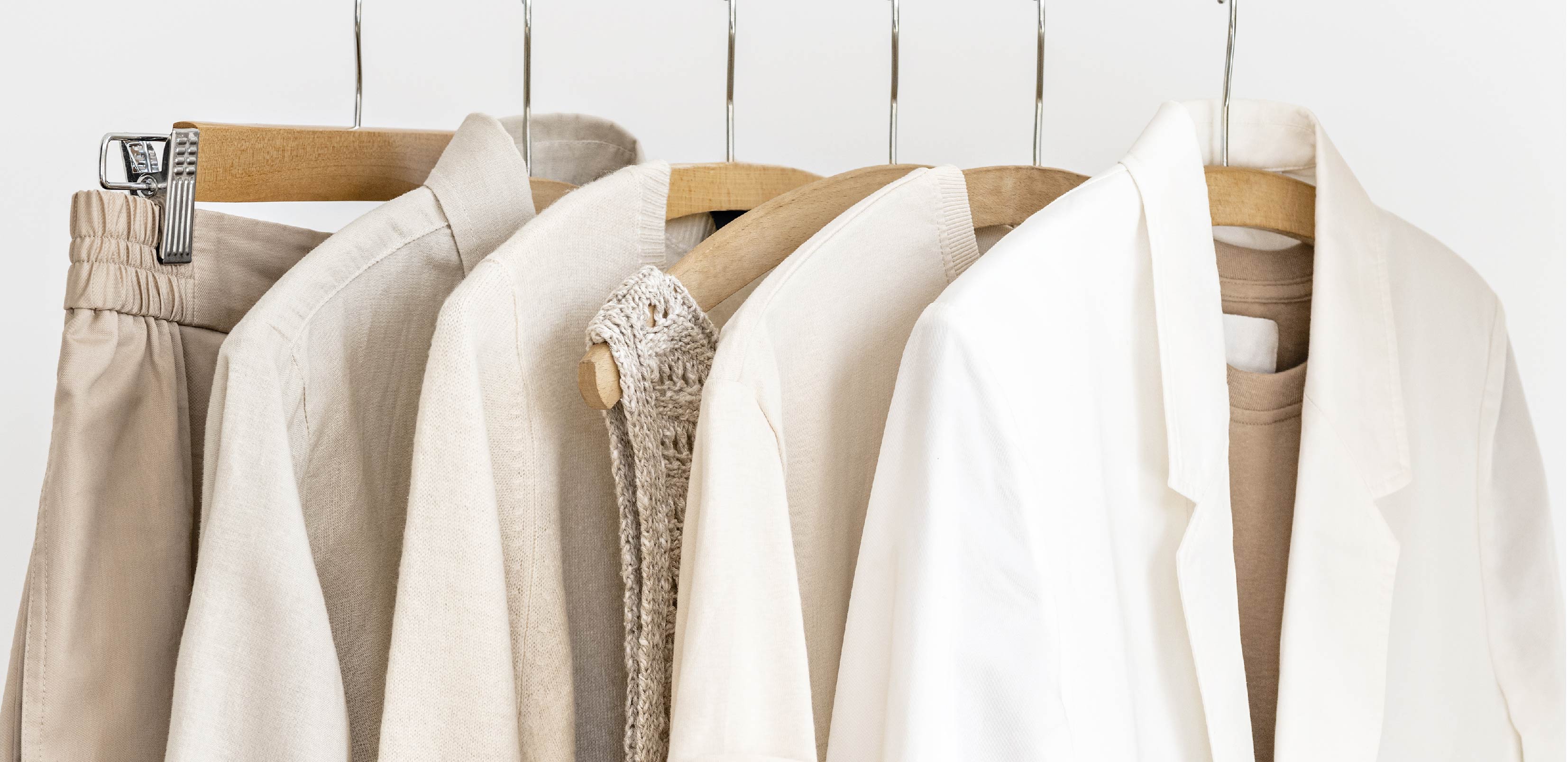
Woven items like pants and blouses are best turned inside out, then machine washed on a cold or warm water setting. Fine tops can be placed in a mesh laundry bag, which offers maximum protection from snags and twisting.
Try to remove your items from the machine soon after washing, to minimize creases from setting in. If there are wrinkles, start with a low temperature on your iron, then gradually increase the heat as necessary. It’s worth investing in a good steam iron or a standing garment steamer, which saves space while saving your clothes from direct heat! In fact, delicate pieces made from silk or Tencel yarns should always be steamed instead of applying a direct iron.
Knitwear
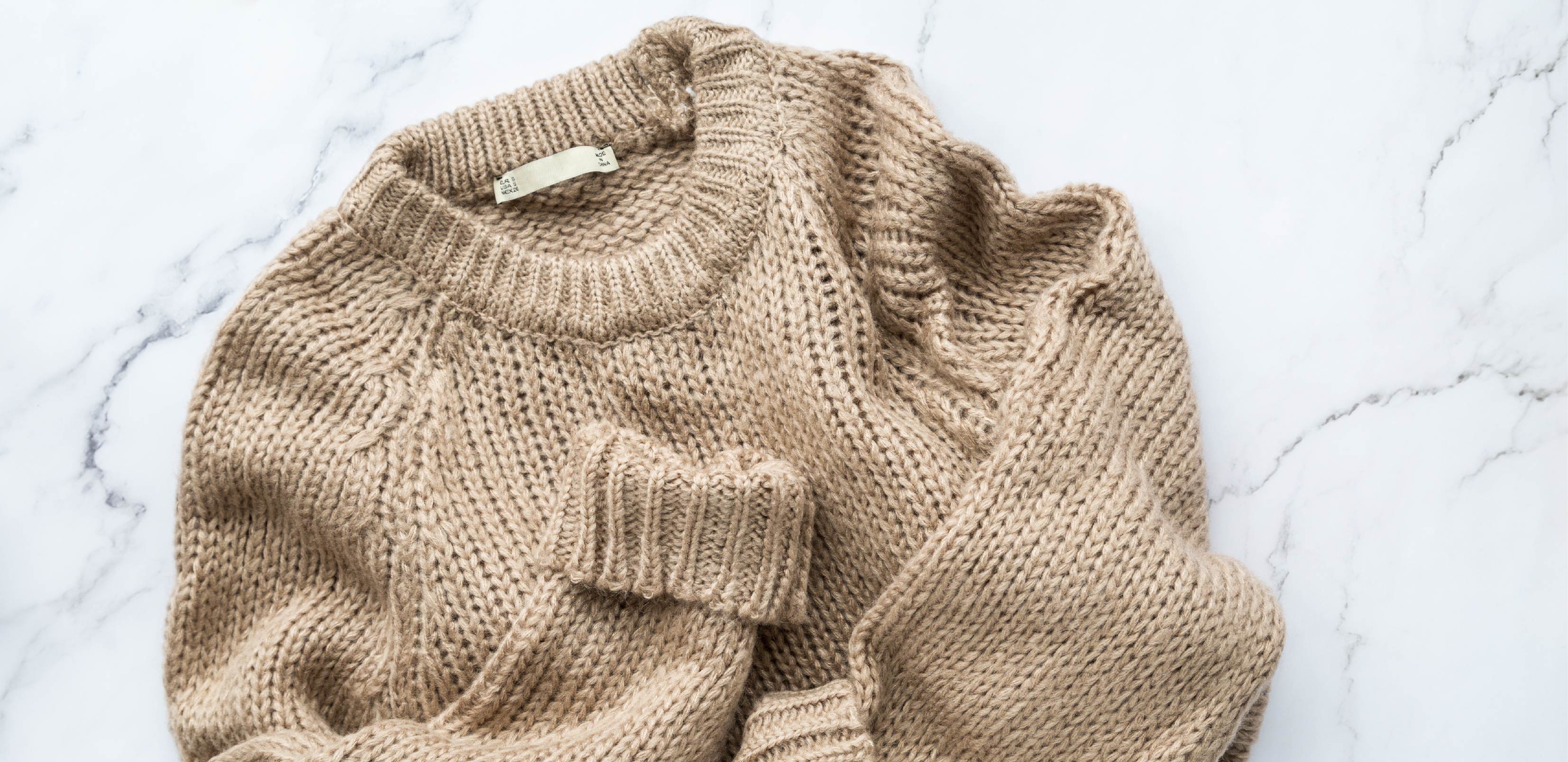
Knit sweaters need thoughtful care as they can easily snag or become misshapen.
Hand wash in cold or lukewarm water using a small amount of gentle detergent. If you need to machine wash, do place in a mesh bag to avoid twisting or stretching, and use the Wools or Delicates cycle.
After you remove from wash, do not try to wring dry as this will misshape the item. A good trick is to lay out a thick towel, place the sweater on it and then roll up while gently pressing to absorb excess water. Dry flat where possible, but if space constraints mean you can only hang dry, then remove as much excess water as you can before placing onto a padded hanger. Avoid hanging longer pieces as much as possible, due to their excess weight while damp.
Once dry, tackle knitwear wrinkles with gentle steaming. Avoid ironing as pressing down will damage the fibers and flatten your soft fluffy sweater.
knitwearStorage
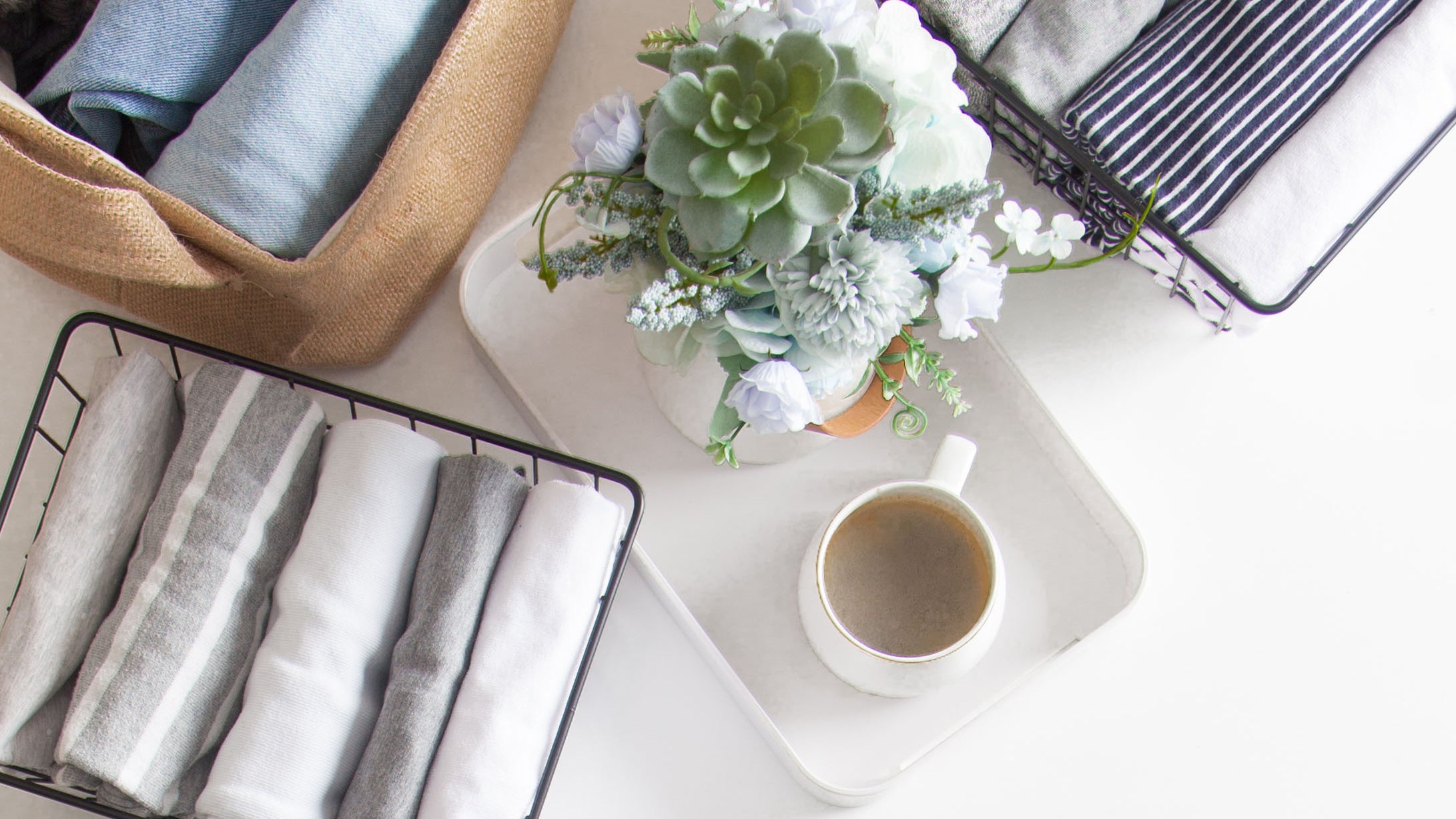
When stacking your clothing inside a drawer or on a shelf, place your heavier pieces on the bottom and finer ones on top, to avoid crushing and creasing the lighter pieces.
It is not recommended to hang sweaters for long periods of time. To safely store your seasonal knitwear, neatly fold each piece and either wrap with acid-free tissue paper or place into a simple cotton bag, to protect from dust and discoloration. A little tip: to tackle the humidity, save those little packets of desiccants that are often packaged with shoes or food, and place them with your hibernating sweaters until the following winter.
storage

